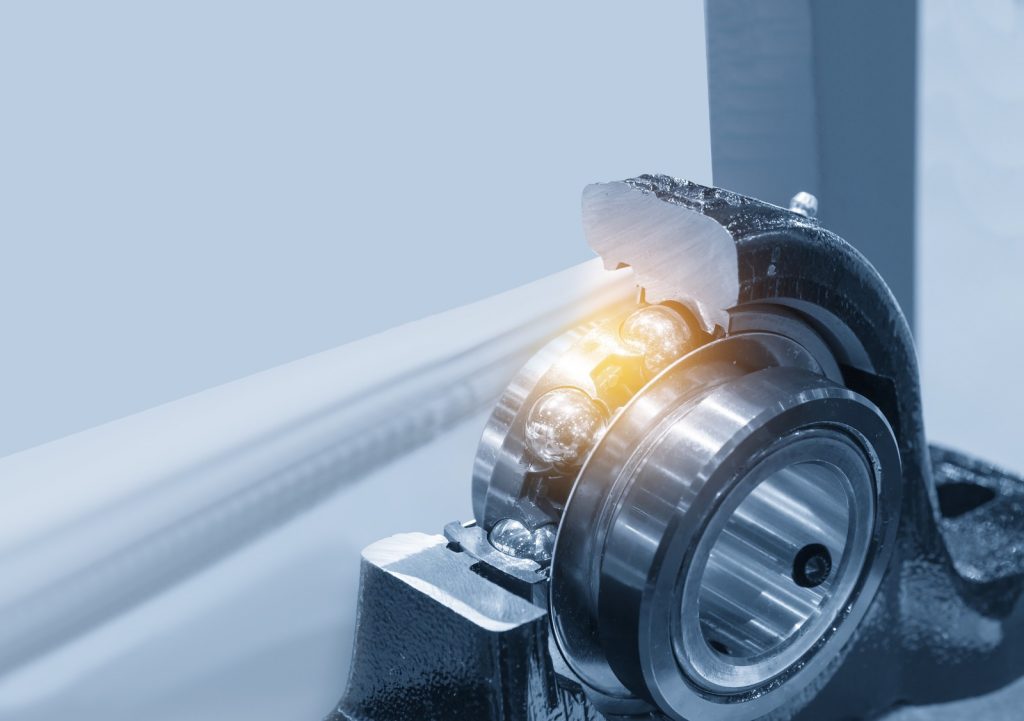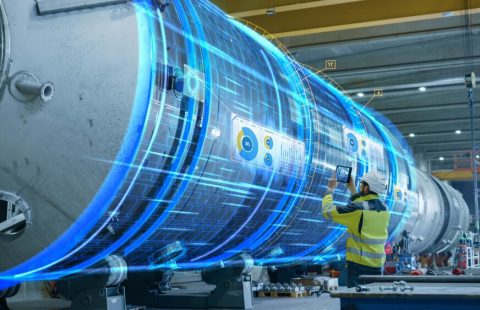
The Impact of Unplanned Downtime in Industrial Manufacturing
In manufacturing, unplanned downtime can interfere with normal operations for hours, days, or even weeks. The truth is that every industrial operation experiences downtime at some point, but it’s not all equal. Though planned shutdowns also mean that machinery is not producing, the impact on the business is minimized since it’s scheduled. Alternatively, unplanned downtime will interrupt operational periods unexpectedly. There are many causes of unplanned downtime, and regardless of why it’s happening, it impacts your company’s finances and production. Thus, leading to decreased operating times and delays. Hence, how you deal with this problem makes all the difference.
Causes of Unplanned Downtime
There are many reasons unplanned downtime occurs in manufacturing; here are three of the most common reasons:
Non-Integrated Technology
There’s often an apparent disconnect between how a company plans to use technological abilities and how they are integrated into service models. In other words, all technology and goals must align to keep the process running at optimal levels. These “tools,” which can be digital or not, have to be included in the company’s understanding that one area may cause unplanned downtimes through unexpected failures.
Mechanical Failure
That said, mechanical failures or breakdowns are one of the top reasons for unplanned downtime. When parts of the machinery fail, it adds up to a great deal of wasted time. Still, many companies are reactive to these sorts of issues rather than being proactive. Though manufacturing companies cannot prevent all downtime, investing in quality machines, labor, and a maintenance routine will help reduce downtime considerably.

Human Error
Speaking of labor, in manufacturing, human error can take many forms. These include missed certifications, scheduled repairs being ignored, and inventory mistakes, leaving companies standing still because of something overlooked by an employee.

The Cost of Unplanned Downtime
Just as there are many causes for breakdowns, there are also wide estimates for cost. Aberdeen Research claims it costs companies upwards of $260,000 per hour. However, a study conducted by ServiceMax suggests the average cost is $2 million. Either way, unplanned downtime is expensive.
It’s been said that globally, industrial manufacturers spend a whopping $50 billion each year on unplanned breakdowns. These issues also bring about additional costs for replacement, repair, and maintenance, which can greatly impact a company’s budget.
The fact is that there are several key factors taken into account when determining the cost of unplanned downtime. These things include:
- Time of the day or week
- How long the equipment is down
- Seasonality
- Individuals and departments impacted
- Availability of maintenance personnel
- Complexity of the cause

How to Reduce Unplanned Downtime
As you can see, the cost of unplanned downtime in manufacturing is high. Thus, finding ways to reduce the occurrence and increase uptime is crucial. The best plan is to focus on your processes, machinery, and other equipment to highlight improvement opportunities.
Here are the top tips for reducing unplanned downtime:
- Create a comprehensive predictive maintenance plan to keep up with your machines and track their condition.
- Begin tracking all downtime to locate common causes so that you can implement solutions to eliminate the problems in the future.
- Maintain a regular inspection schedule that checks for potential wear, leaks, vibration, dirt, or other hidden defects that could lead to downtime.
- Use required products like sealants and thread lockers to keep specific components in place, thus minimizing the chances of leaks and preventing failure.
- Human error is a prominent cause, so provide extensive and enhanced employee training to reduce mistakes.
Closing Thoughts
At the end of the day, it’s best to take a predictive approach combined with durable machinery and preventative maintenance. Though you may never entirely rid yourself of this nuance, knowing how and why your machines can break down is a great way to prevent unplanned downtime. So, remember – be proactive and thorough!



